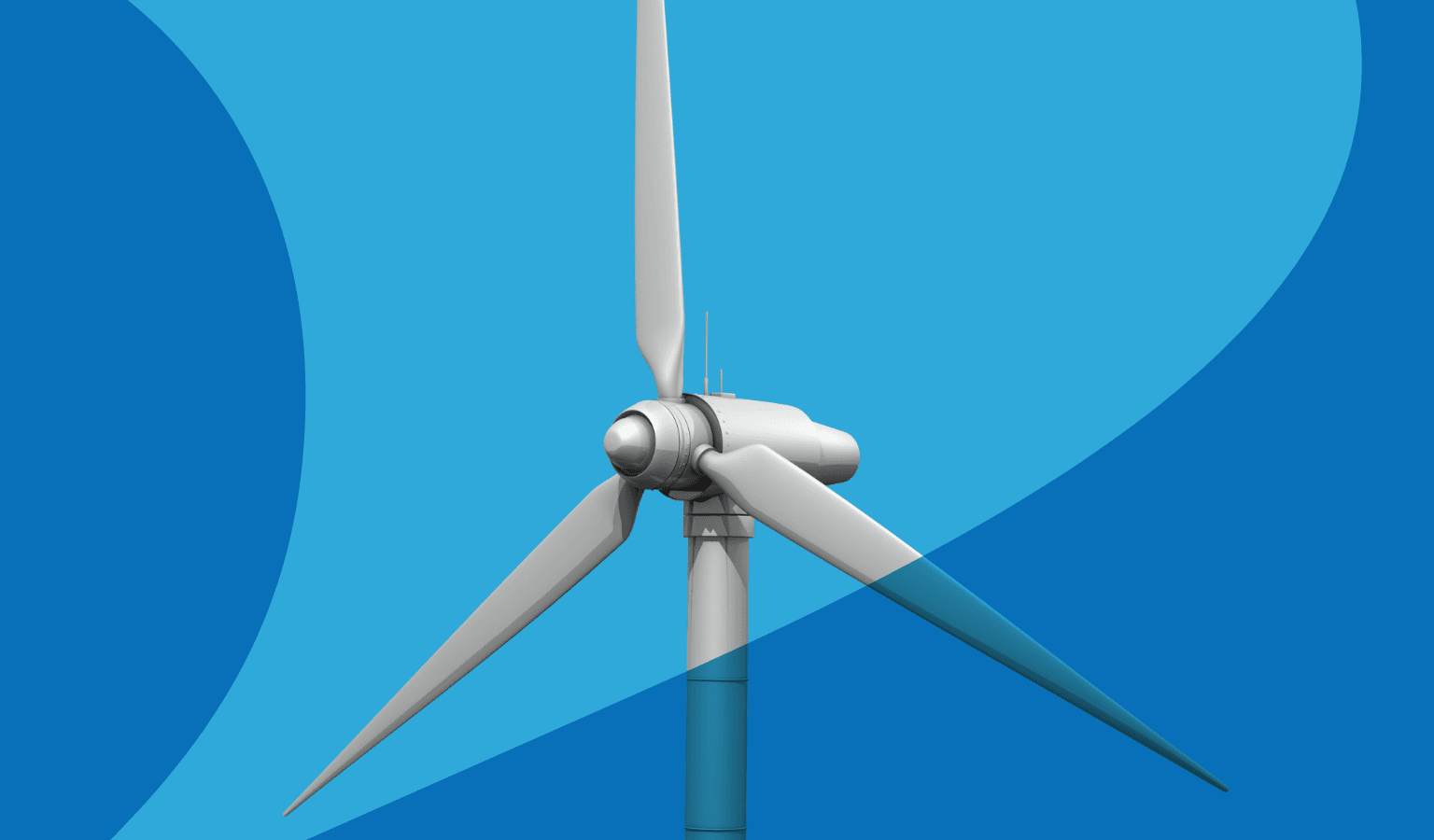Unfortunately for the renewable energy industry, the perception of the investing public about the industry, with its heavy dependence on tax credits and sophisticated tax structuring, new and untested technology and equipment, resource uncertainty, transmission issues and other factors, was that it was not “low risk.” In fact, however, for many wind and solar projects, there is a portion of the revenue stream from those projects that is quite “low risk.” Most utility scale wind and solar projects have a contract for the sale of their power at a fixed or escalating price to a large local utility for a term of 15 to 20 years. With the development over the past 10 to 12 years of very reliable wind and solar energy equipment (thank you, GE, Siemens, Sunpower and others), and advances in wind and solar resource prediction, the income streams from many wind and solar projects are, actually, quite predictable and very “low risk.” The challenge is how to get that low-risk portion of the wind and solar projects into the hands of the investing public. Enter the Yieldco.
For definitional purposes, a Yieldco is a publically traded company that is typically majority- owned or controlled by a large renewable energy developer. The company itself will hold assets or will purchase assets typically viewed as “low risk” in the power industry in that they have a (1) a long-term contract for off-take from a large utility, (2) a proven or well-known resource, (3) proven technology, often from a major manufacturer, and (4) in some cases, a significant operating history. The projects selected for inclusion in the Yieldco must produce a steady cash flow that will allow for a constant dividend to the shareholders. It is critically important to note that this steady cash flow is independent of the tax benefits of the renewable project, which must still be sold to third parties. In almost all cases, assets are added to or included in Yieldcos only after the tax benefits have been sold to third parties. Thus, the amount available to Yieldco investors is limited to the cash flow from the projects only after any payments due the tax equity investors have first been made.
Other structures that are often mentioned in the Yieldco family include renewable energy REITs, which receive revenues from the real estate underlying wind and solar projects and securitizations of revenue streams from commercial and residential rooftop solar. It is noteworthy that, so far, the six or so Yieldcos that have come to market have differences with each other and with other companies that have been classified as Yieldcos. The structures tend to be somewhat complicated, and no two are alike.
Our next post will examine recent Yieldcos, along with a discussion of the yield they generated.


